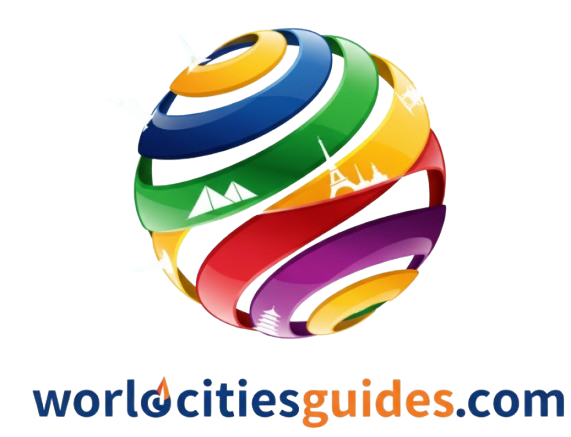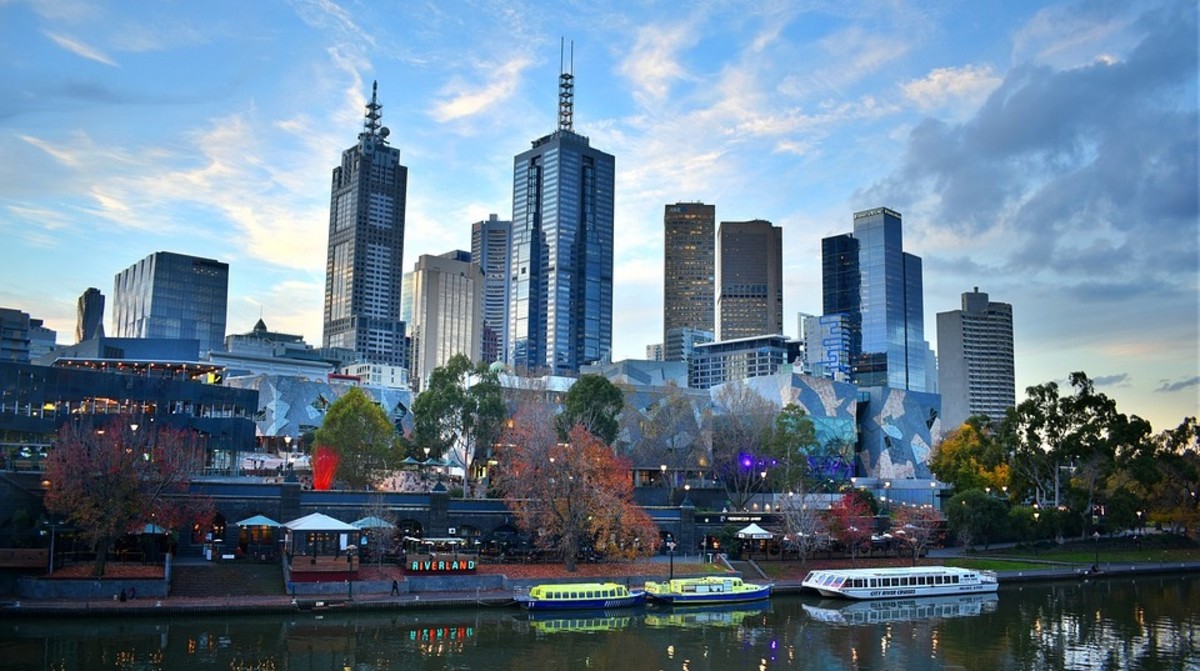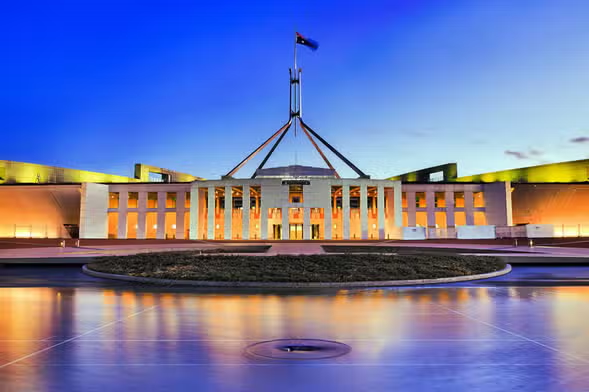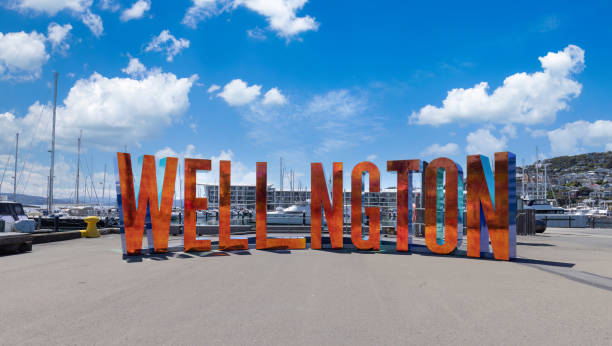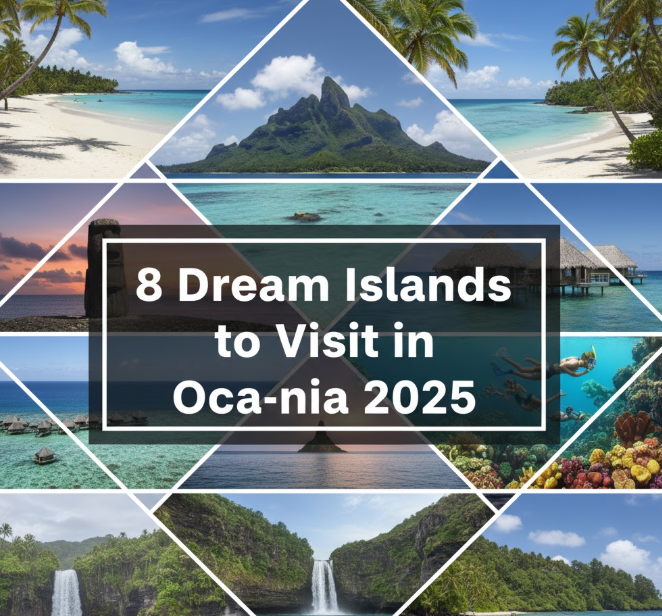Melbourne is the cool and cosmopolitan capital of Victoria, Australia’s second largest city and a place that combines history, sophistication with large doses of culture and diversity. In the continent’s south-eastern corner, this dynamic city is about more than just bouncing between skyscrapers: it has a rich history that holds its own against modern-day marvels of architecture and life in general – where aussie character meets world class style in one beats-the-rest stop run.
A GLIMPSE INTO THE PAST
Melbourne Melbourne’s history started in the early 19th century. Prior to European settlement the area was home to the Wurundjeri people of the Kulin Nation for at least 40,000 years. Their integral relationship with the land is still revered and honored across the city today.
Settlers from Tasmania (then Van Diemen’s Land) founded the city in 1835, and it grew rapidly because of its advantageous position on the Yarra River. Gold rushes in the 1850s brought much wealth to Melbourne. Money poured in, and the city grew quickly, soon becoming one of the wealthiest cities on earth. Construction of grand buildings, parks and cultural institutions took place during this period which have stood the test of time and preserved Melbourne’s gilded era.
PEOPLE AND LANGUAGE
According to the most recent population data, Melbourne is home to more than 5 million people and is currently Australia’s second largest city after Sydney. But what really makes it stand out is its diversity. Almost half of Melbourne residents were born overseas or have at least one parent who was. Neighborhoods like Little Italy, Greek Town, Chinatown, Bharatnagar (India Town), Vietnamtown and so forth all add history and culture to the image of Toronto.
The official and most spoken language is English. Still, it’s not uncommon to hear Mandarin, Greek, Italian, Vietnamese or Arabic in neighborhoods and markets. This diversity also builds up the kind of social tapestry that is exclusive as well as vivacious.
CURRENCY AND ELECTRICITY
Currency: As with the rest of Australia, Melbourne operates on the Australian Dollar (AUD). It’s a powerful stable currency that universally accepted in all businesses (with near universal use of electronic payments to eliminate cash!)
For visitors coming from overseas, please note that Australia uses Type I power plugs with a standard voltage of 230V and frequency of 50Hz. If you’re traveling from a country with another type of plug or voltage, make sure to bring an adapter and possibly a voltage converter.
THE WEATHER IN MELBOURNE
You hear a lot of discussion about the weather in Melbourne. Locals have a saying that you can experience four seasons in one day — and they’re not kidding. The city enjoys a temperate oceanic climate, characterised by relatively mild winters and warm summers with little temperature variation throughout the year due to cold offshore sea winds.
Summer (December to February) sees average highs of about 26°C (79°F), although it may reach up over 40°C (104°F). Winters (June–August) are mild compared to most of the rest of the world: temperatures at night are in general colder than 5°C (41°F). Autumn and spring are splendidly mild and ideal for walking around the numerous city gardens and outdoor enclaves.
MELBOURNE ON A PLATE
The culinary landscape of Melbourne is an accurate representation of its diversity. People really care about their food here, with proud locals showing off everything from markets to restaurants and cafes. Brunch is near enough a religion, and one will not be left wanting for perfectly poached eggs as well as artisanal sourdough toast and coffee.
Some homegrown favorites are meat pies, sausage rolls and the ever-popular “chicken parma” (a chicken schnitzel with a topping of tomato sauce and melted cheese). But the best gems are often its foreign cuisines. Vietnamese pho in Richmond, Greek souvlaki in Oakleigh, Indian curries in Dandenong and Italian pasta on Lygon Street are all genuinely good fare that compares with their home countries.
Melbourne is the coffee capital of Australia, too. Baristas here treat the game seriously, and you sometimes hear that after a sip in Melbourne, all other coffee will seem regrettable.
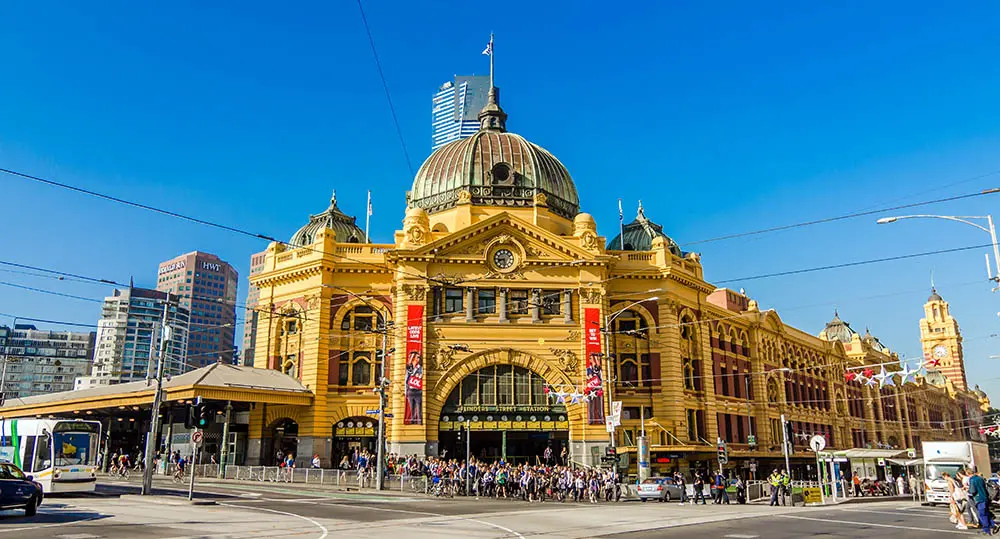
GETTING AROUND THE CITY
Melbourne public transport is one of the finest and widespread in Australia. The city is famous for its historic trams that have been in use since the late 19th century. Indeed, the world’s largest urban tram network is in Melbourne and it’s a pleasant way to get around.
Tramways, trains and buses can also be found linking the city to its locales. The only form of public transport you will need to use is the Myki card, and if you are in the CBD, we have free trams that everyone can hop on but actually sit inside one for a photo moment!</eccarbonate!naissance;En outreMoi)}
If you fancy riding, Melbourne has a growing number of bike lanes and shared paths. Walking along the laneways, getting lost in its gardens and uncovering hidden gems is one of the best ways to get under hyperactive Singapore’s skin.
SAFETY AND SECURITY
Melbourne is always ranked as one of the world’s most livable cities and safety plays a part in that. It is generally considered safe by global standards, with low crime rates in most areas. It’s the same as any major city where a certain level of caution is always suggested, especially at night or in more desolated parts of town, but both tourists and locals feel safe wandering around at all hours.
Availability of emergency services, well-maintained infrastructure and cleanliness in public spaces make the city fully able to cope with any disaster or acute trauma, the factors play a huge part in keeping residents feeling good.
MUST-SEE ATTRACTIONS
Melbourne is something for everyone type of destination. Art lovers can check out the National Gallery of Victoria, which is both Australia’s oldest and its most popular art museum. Opposite Flinders Street Station is Federation Square a cultural precinct containing museums, galleries and spaces for public events.
For a tranquil escape from the hubbub of the city, head to the Royal Botanic Gardens – sprawling landscaped grounds ideal for picnics or an amble. For a sky high panorama, visit the Melbourne Skydeck Eureka Tower for breathtaking views of the city.
Sports buffs won’t want to pass up a visit to the Melbourne Cricket Ground (MCG), which is widely considered one of the world’s great sporting venues. The city is also home to the Australian Open tennis tournament, the Melbourne Cup horse race and the Formula 1 Australian Grand Prix.
Popular beachside suburb St Kilda is known for its laid-back vibe, palm-tree lined streets and sunsets over the pier. You might even spot the local penguin colony.
If you’re all about shopping and discovering the quirky, Queen Victoria Market is a place to see. Since it first opened its doors 140 years ago, it has offered everything from fresh produce to handmade crafts.
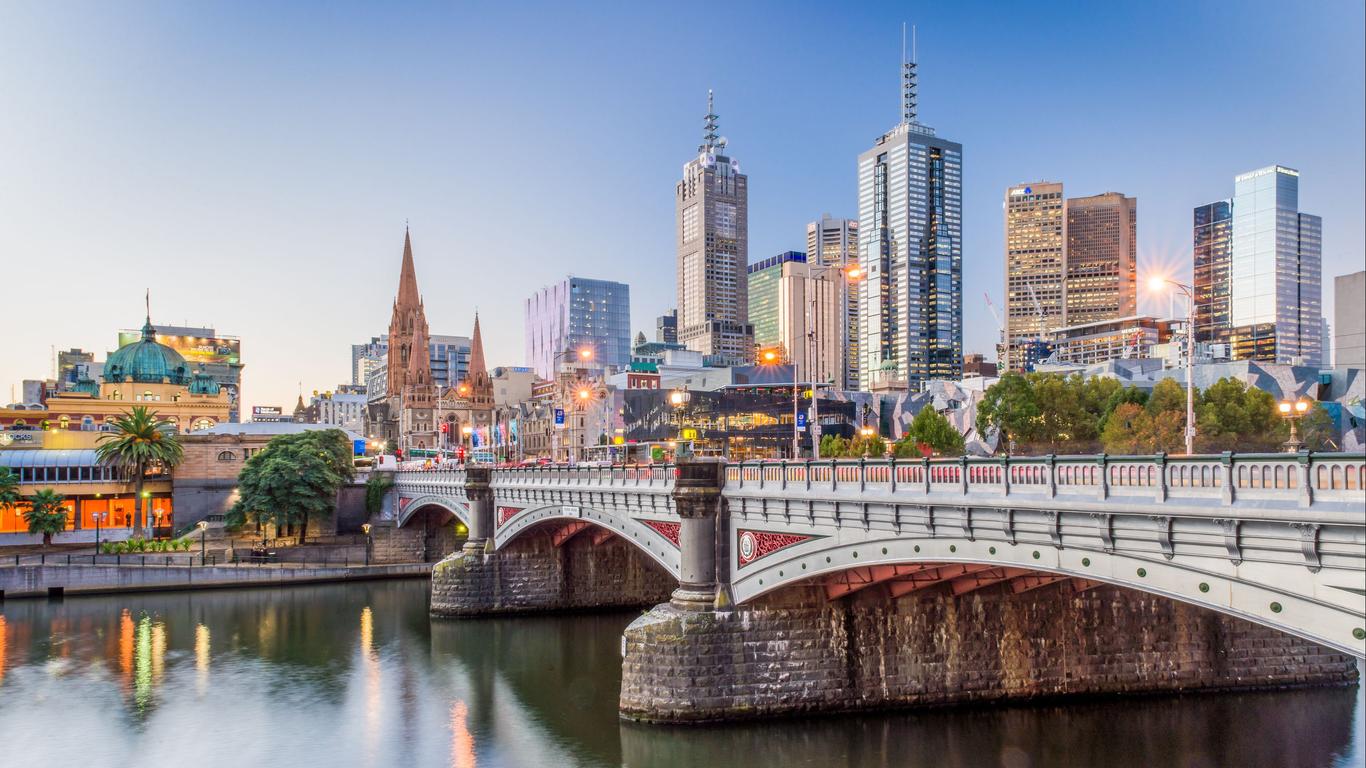
MORE THAN JUST A CITY
But it’s more than the sum of its parts that makes Melbourne special. It’s a city that values creativity, individuality and quality of life. It plays host to everything from street performers and rooftop bars to quiet libraries and buzzing sports arenas, blatantly defying contrast in the best sense.
The laneways of Melbourne are packed with secret bars, indie boutiques and street art to rival the world’s best. Every trip feels like a fresh discovery, even for locals of many years. The city’s festivals — for food, film, comedy and fashion — make the calendar burst with reasons to celebrate.
Melbourne isn’t just a place—it’s an experience. Whether it’s art, food or people that draw you to this city — perhaps even the stories behind all those Baldassare tomatoes and its mothers of invention — Milan has a way of sticking with you long after you’ve left. It’s a city that opens its arms to everyone and asks you to be apart of its constant narrative. From your first secret sip in a hidden laneway to the last tram home through the city glitter, Melbourne makes you feel like you belong.
